Pushing for collateral – there is a new paradigm out there – Cardigos
The Chapter 11 filing of Lehman Brothers has caused companies around the world to re-assess their exposure (particularly counterparty risk) to other potentially troubled financial institutions.
Other recent events have also highlighted the importance of counterparty risk in the OTC derivatives market, as many companies rely on derivative transactions to hedge their exposure to, for example, interest rates, currency exchange rates or commodity prices. All of these transactions have one additional element in common – counterparty credit exposure.
Consequently, market players should now be more focused on understanding the nature of their exposure and the remedies which may be available in case the credit standing of its counterparties – generally financial institutions – should deteriorate.
In a typical OTC derivative transaction each party will face some credit exposure to the other party. To reduce this the parties may agree (usually under a ISDA Credit Support Annex subject to English law or a Credit Support Deed – ‘CSA’ or ‘CSD’) at the outset or later that, if, during the life of the relevant transaction(s), their global net mark to market value falls below a certain mutually agreed credit exposure threshold, then the ‘out of the money’ party must deliver an amount of collateral (cash or predefined types of securities, generally sovereign bonds) to re-balance its exposure within pre-agreed threshold levels.
Under a standard CSA or a CSD, collateral posted by the ‘out of the money’ company must be returned to it if the net mark to market value of the relevant transaction(s) recovers.
In case of default, the non-defaulting party is entitled to include the collateralised cash/securities in the close-out netting amount determination. Hence, collateral rights are netted against amounts deriving from any other ISDA governed transaction and thus covered and safeguarded under the Portuguese Insolvency Code and Netting Act (eg not being subject to automatic stay).
Notwithstanding, in a scenario in which an insolvent counterparty holds collateral in excess of the solvent party´s obligations, the crucial issue shall be: does it remain the property of the solvent party or is it now part of the insolvent estate of the counterparty.
The answer is conceptually straightforward – it will be part of the insolvent estate if a CSA was used and it will remain part of the solvent party estate if a CSD is used. However, even in the case of a CSD, it will be important to make sure for practical enforcement purposes that the insolvent counterparty has duly segregated and identified it on the books as collateral of its counterparty.
Financial institutions have always been the main promoters of these contractual ‘hedging’ mechanisms, enabling them to use existing credit lines more efficiently and to open credit lines that would otherwise not be available. If this was true in a pre-crisis scenario, it is even more necessary and useful now.
In light of this, companies should review their derivatives documentation and also seriously consider adding a collateralisation element to it. If they have ‘bravely’ resisted pressure from financial institutions to do so in the past, now may be the time to ‘graciously give in’. Conversely, if collateralisation was never discussed, now may be the time to discuss it.
Finally, if collateral documentation was agreed, but only ‘one way’ – covering only the non-financial institution counterparty or even financial institutions if a sovereign or quasi-sovereign entity was on the counterparty – it is time to discuss making it ‘two way’.
Companies – no longer only financial institutions – should also actively consider counterparty risk as seriously as financial institutions have always done, using the same documentation resources to fully provide for it. Indeed, the market is going through unique times and companies may well benefit from implementing or reviewing their collateral documentation in light of the market’s recent credit exposure events.
The expansion of the CSA and the CSD and the generalisation of ‘two-way’ collateral arrangements will certainly benefit the financial markets by adding more efficiency to credit. Yes, the paradigm on collateralisation has changed but it may be one of the few positive aspects of the current financial turmoil.












